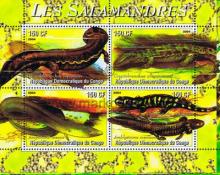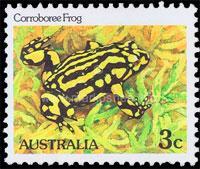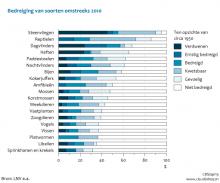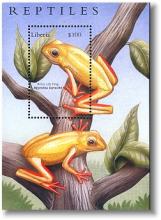Newly discovered chytrid fungus devastates salamander populations
A frightening disease has been ravaging amphibians across the planet. At least 350 species have been infected, two hundred of which have suffered massive population reductions or extinctions, some even occurring within the space of weeks. In 1999, a single fungal species called Batrachochytrium dendrobatidis (Bd), commonly known as the chytrid fungus, was identified as the causative agent for these rapid die-offs. This facilitated preemptive testing of rare or endangered amphibian populations for Bd, the early detection of which allowed scientists to establish captive breeding populations to stem amphibian species extinctions. Frighteningly, despite this discovery, there remain perplexing instances of rapid amphibian deaths that do not test positive for Bd. An Martel of Ghent University, in the journal PNAS, has recently reported a possible explanation for these mysterious deaths. Together with an international team of scientists, she has identified a second culprit: a new chytrid species named Batrachochytrium salamandrivorans (Bs), which can be translated to "the salamander-eating fungus."










